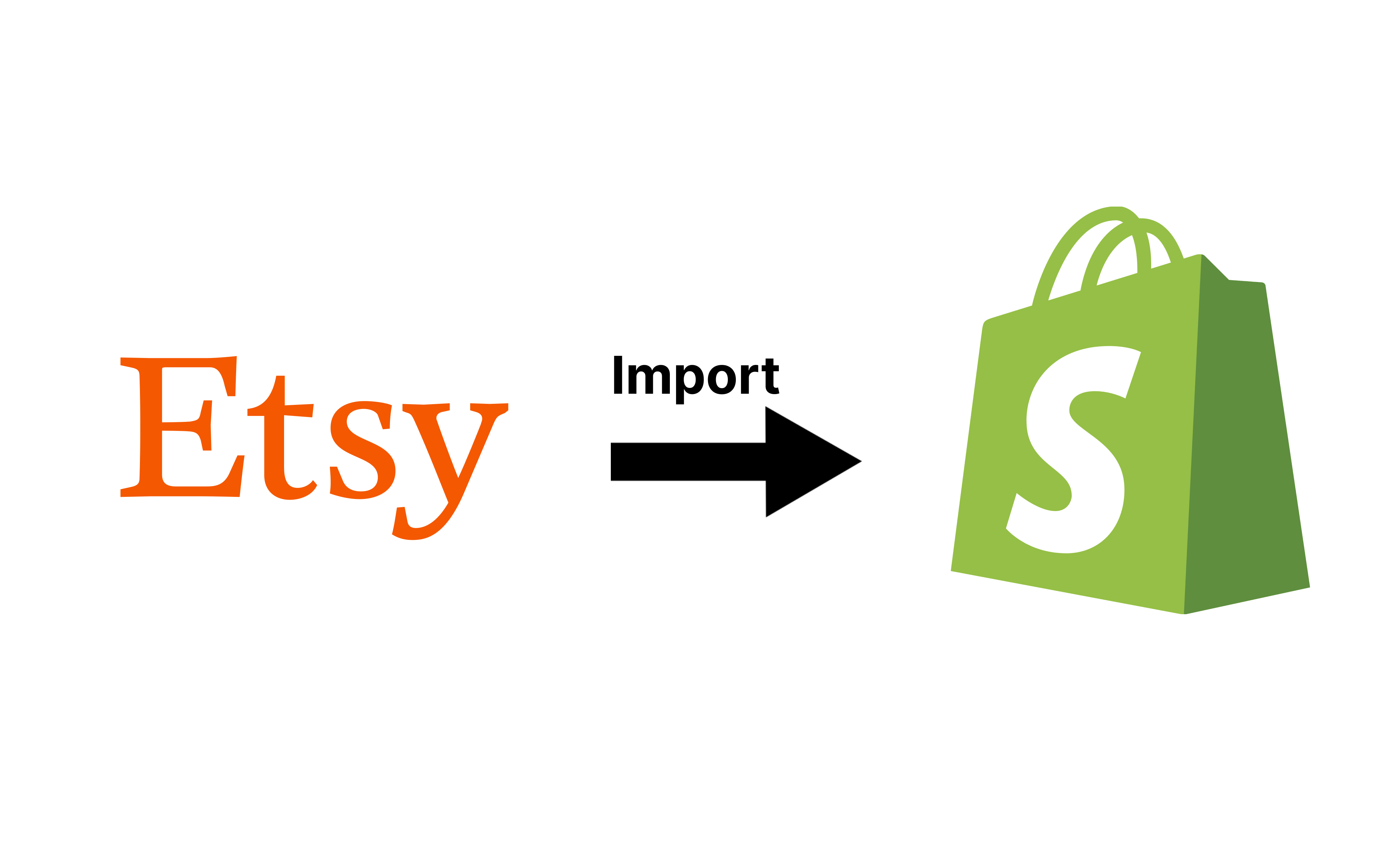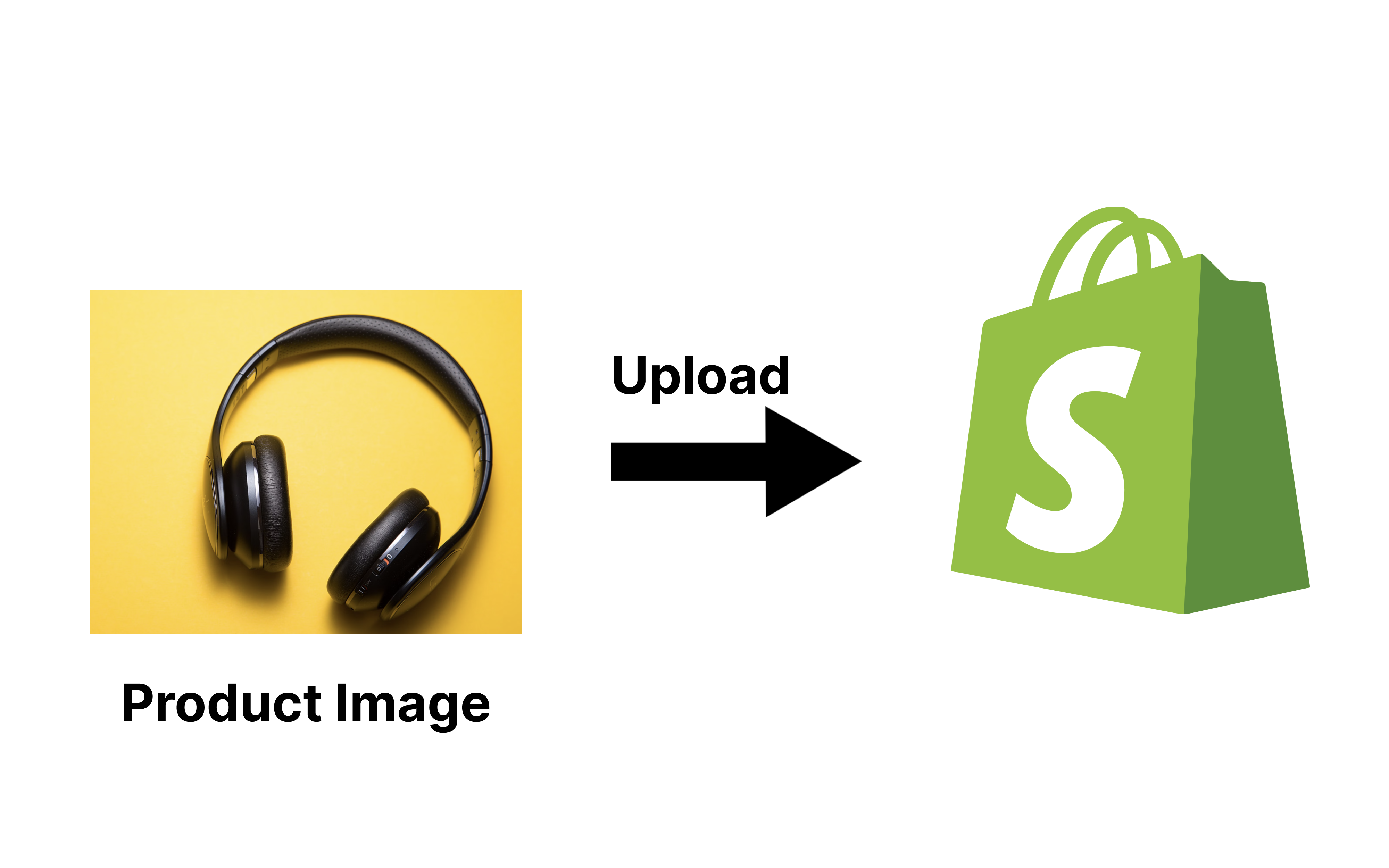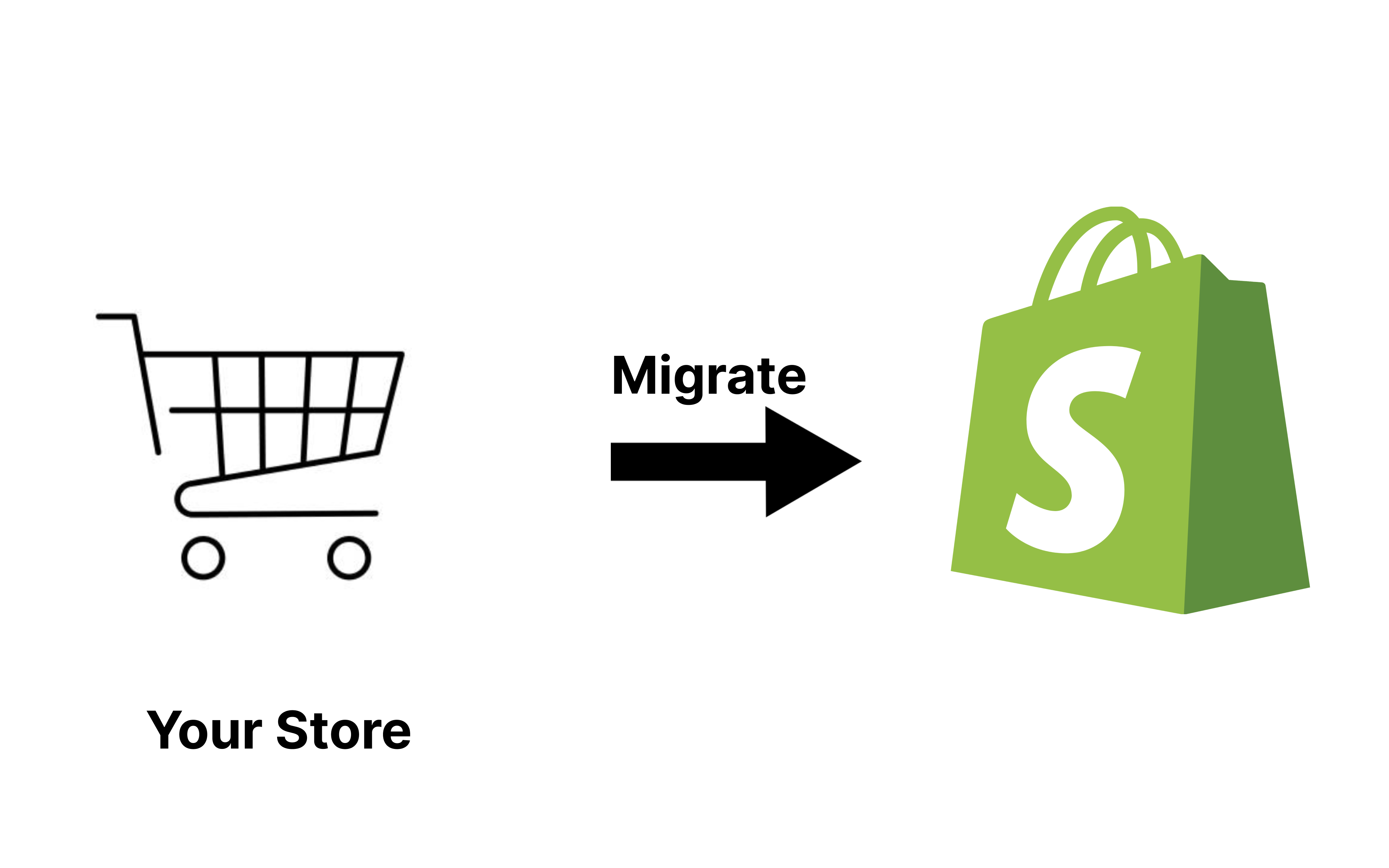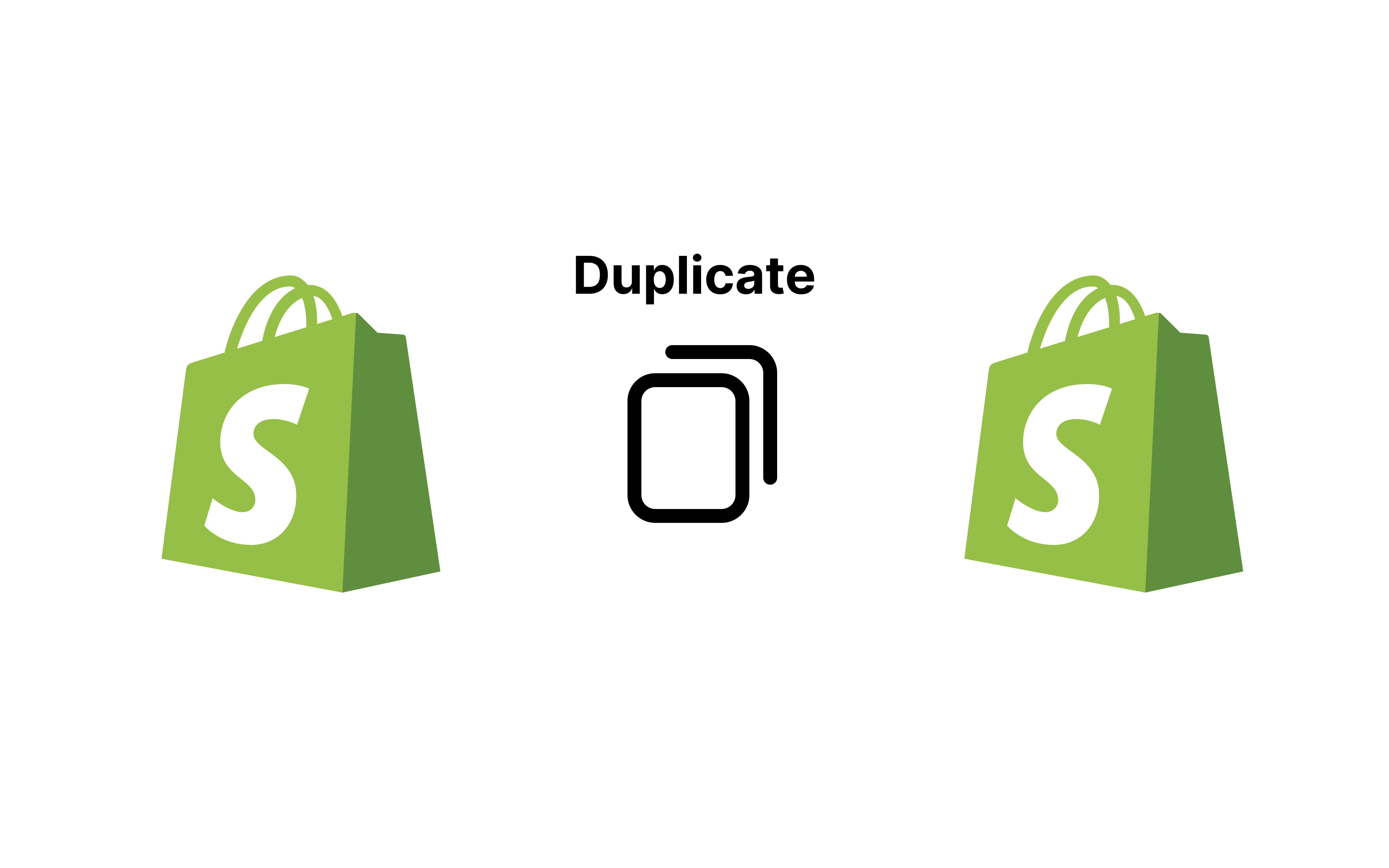Products Sync Master: Shopify Import & Export Tool
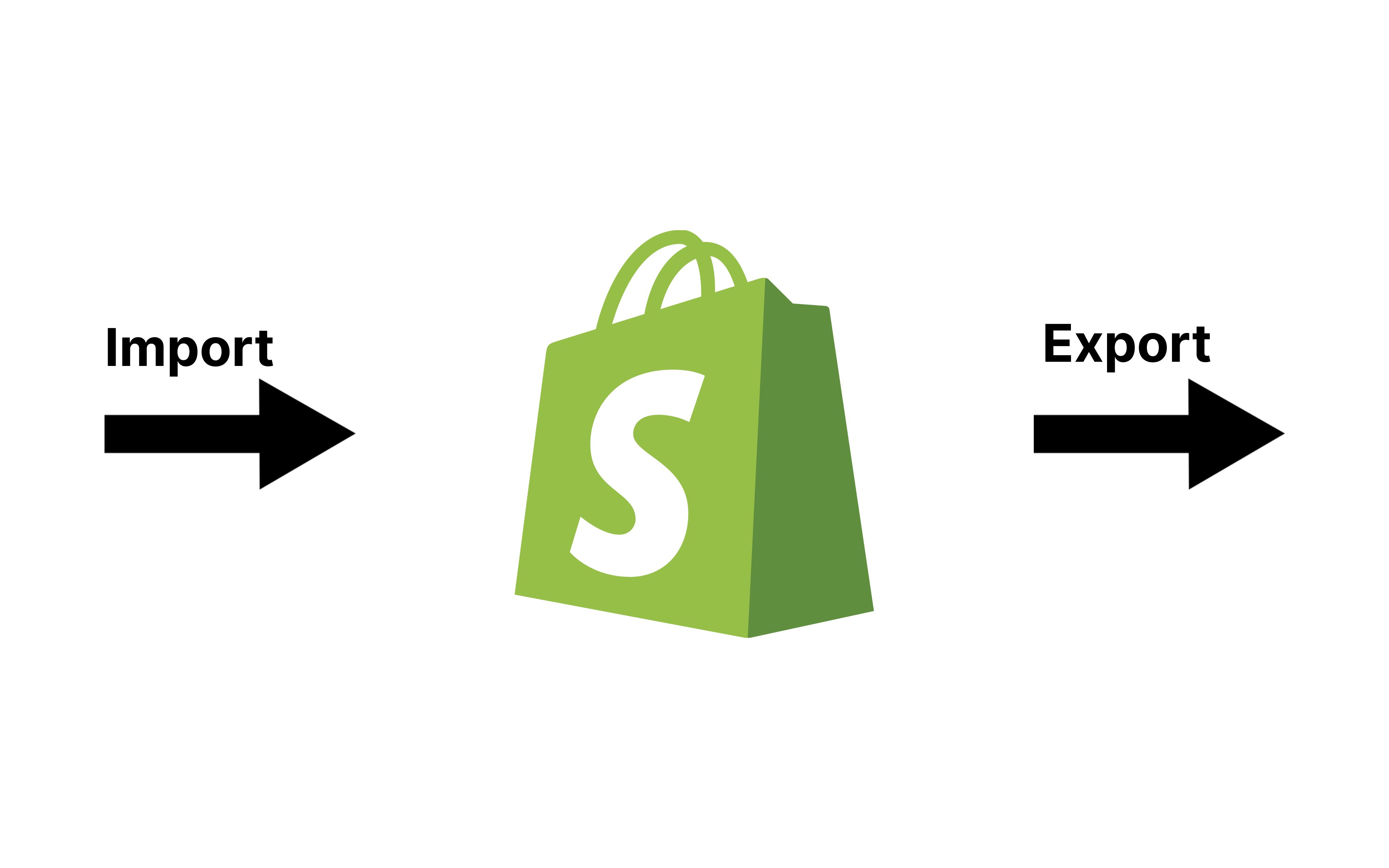
Today, we’d like to draw your attention to the Product Sync Master app. It’s a reliable Shopify importer suitable for different data transfer operations. For instance, it can help you with product import.
Product import and export may be used for many purposes. This process can assist you in migrating from an existing e-commerce store to a brand-new Shopify website. At the same time, you can use the app to link your shop to major marketplaces.
However, doing everything manually is time-consuming and requires technical knowledge. This is where third-party apps like Product Sync Master come in handy. They can help you streamline data transfer processes and automate routine tasks.
In this review, we look at Product Sync Master’s features, abilities, and interface. After reading this article, you will know whether to use this plugin or not.

